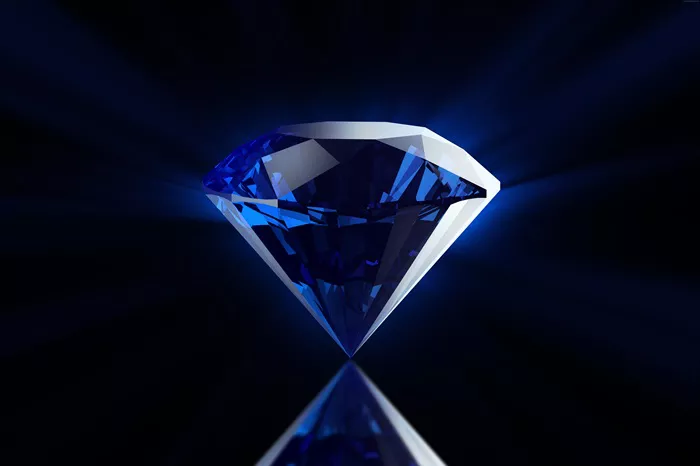China’s slowing marriage rate is contributing to a sharp drop in demand for diamonds, dealing a further blow to the global diamond industry. Young Chinese consumers are increasingly rejecting both marriage and the traditional symbols of commitment, such as diamonds.
In 2024, the number of new marriages in China fell by 20.5%, reaching a historic low of 6.1 million couples. This is less than half the 13 million unions recorded in 2013. At the same time, the prices of polished natural diamonds have dropped by 15% to 20% due to economic challenges and rising competition from lab-grown diamonds. As a result, India has surpassed China as the world’s second-largest diamond market.
Why Natural Diamonds Are Struggling in China
De Beers Group CEO Al Cook explained that the decline in demand is part of a broader trend in China’s luxury market. He noted that Chinese economic growth has slowed, which has affected consumer spending across sectors, including jewelry. “The regrowth of Chinese demand is likely to be a long-term process,” Cook told Bloomberg.
Experts suggest that the diamond industry’s troubles reflect deeper shifts in Asia’s jewelry preferences. While 71% of Chinese consumers still intend to buy natural diamond jewelry, according to Nielsen IQ data, many young buyers are now more focused on experiences than traditional symbols of status and commitment. Industry insiders noted at the 2024 World Federation of Diamond Bourses (WFDB) meeting in Shanghai that Chinese consumers are becoming more cautious and are hesitant to invest in luxury items in a weakening market.
The rise of lab-grown diamonds has further complicated the market. Kent Wong, managing director of Chow Tai Fook, stated that consumers are “confused” by the availability of both natural and lab-grown stones, adding to the challenges faced by the industry.
Older Consumers Support Jewelry Demand
Despite challenges with younger buyers, China’s “silver generation” – the growing group of older consumers – is helping sustain demand for high-end jewelry. These individuals, with their higher purchasing power and strong cultural attachment to precious materials, are providing a bright spot for the industry.
Gold Jewelry Remains Popular in China
While younger generations may be losing interest in traditional jewelry, older consumers are expected to drive significant demand for gold and jade jewelry in 2024. According to the World Gold Council, gold continues to dominate China’s jewelry market, reflecting similar trends in India, where women own about 11% of the world’s gold reserves.
However, rising gold prices have weakened demand for gold jewelry in both China and India, although gold investment remains strong.
Rising Gold Prices and Changing Jewelry Trends
Jewelry creator Kira Kirby, with over 200,000 followers on Instagram, highlighted the impact of rising gold prices on the market. She predicts that trends will shift towards recycled and preowned gold, lighter designs, and thinner, more delicate pieces. One major change will be the growing popularity of chunky, oversized gold jewelry as a new status symbol.
LaoPu Gold Sees Success Amid Challenges
Despite broader market struggles, brands like LaoPu Gold are seeing success. Their strong pricing strategy and focus on cultural designs helped the brand achieve a surge in holiday sales.
Platinum May Gain Popularity
With gold prices climbing, platinum may become a more attractive option in the luxury jewelry market. Platinum’s price has become more competitive with gold, and recent innovations have improved its durability, making it a more viable choice for fine jewelry. Tim Schlick, CEO of Platinum Guild International, noted that platinum offers an affordable luxury alternative as high gold prices raise concerns about margins and stock value.
China’s Growing Interest in Platinum
China’s interest in platinum is also evident in the futures market. The Guangzhou Futures Exchange plans to launch platinum and palladium futures contracts this year, a move that could reduce price risks and boost participation in the platinum jewelry market.
Looking Ahead
As 2025 approaches, the jewelry market in Asia faces significant changes. With rising gold prices, a growing interest in platinum, and ongoing challenges in the diamond sector, brands will need to adapt to shifting consumer demands. The spending power of China’s older generation and the ongoing evolution of consumer preferences will shape the industry in the years to come.
Related topic:
- New Jewelry Shop Opens Amid Tragedy in Lanzarote
- US to Require Diamond Importers to Declare Country of Origin
- Swiss Jewelry Brands Use Blockchain to Tokenize Diamonds


